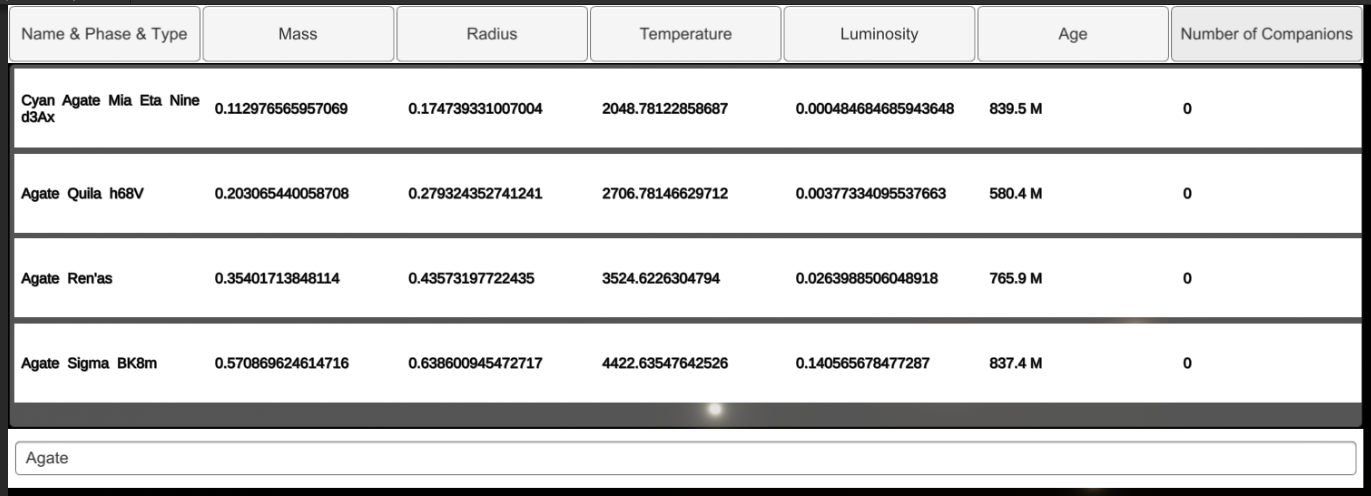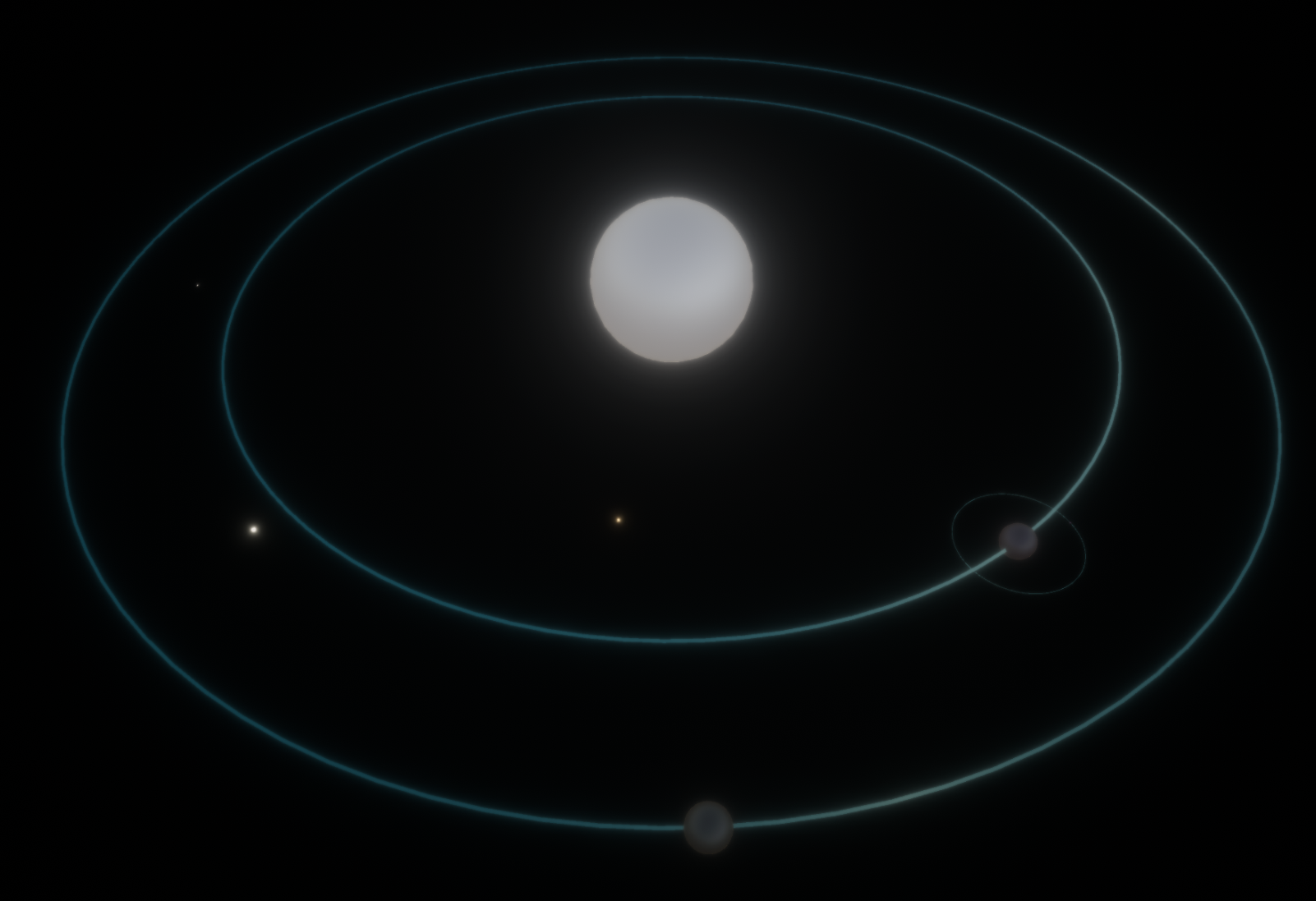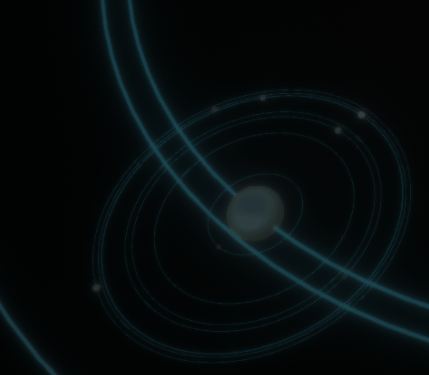Weekly Update 10 - (12/21/2020)
The Holidays are Upon Us
Hello, everyone! While we've taken a short hiatus, now that the semester is over and all devs have returned to our hometown, we can begin working on the game again with a reignited intensity and fervor (this is, in fact, the first time we've had the full dev team in the office). We have made significant headway on a couple Kepler features: the star ledger and orbits.
Star Ledger

The star ledger is a menu that lists the various systems in the galaxy for the player. Of course, in the beginning of the game, this will be basically empty, and fill up as you discover new systems. For now in our debug state, it contains the information of all systems, including their names and various properties. Furthermore, we have implemented the ability to sort the available stars by every category, including being able to swap from descending to ascending. This should make accessing various systems much easier once the player has investigated a large swathe of the galaxy. There is also a search bar at the base of the menu allowing you to type in a keyword and have the ledger only display relevant stars.
Later iterations of this menu will use a fully realized UI design so that it doesn't look as though we threw the UI together in two hours (which may or may not be true and perhaps is a testament to intuitiveness of developing UI with Unity). There will also be various options for filtering stars, only displaying stars of a certain spectral class or phase, etc. We also want to expand this ledger to include every celestial object that we intend to represent within the game's simulation, not just stars.
Orbits

After much deliberation stellar systems now accurately render the orbits of their planets and moons.

These are updated in real-time as long as the in-game clock is running and you are actively observing the solar system. Our model of a star system assumes perfectly circular orbits just for the ease of presentation and calculation, but elliptical orbits are something we would like to consider for the future of Glorious Dawn. Now that orbits are working as we would like them, the next step is to begin phasing out the placeholder terrestrial planets with hex-grid-based planets. We would also like to feature smaller celestial objects such as comets, asteroids, asteroid belts, etc. These smaller bodies will be crucial to filling out stellar systems and providing ample goals and materials for civilizations and interested parties to discover and exploit.
Conclusion
To keep our efforts moving forward quickly, we have planned for features we want completed in the coming weeks. We hope to release Kepler by the beginning of the spring semester. Ideally, we would want to complete Kepler early and begin on the next version, which is the last critical pillar to the infrastructure of the game, being the details for the planetary tiles. Over the next week or two, we want to finalize several features, such as a region system for grouping stars, some more procedural coloration of tiled planets, along with integrating those tiled planets into our existing system generation.
After Christmas we plan to participate in the Historically Accurate Game Jam, so expect either slightly less work done or a huge amount of work done as we camp out in the office in a programming haze.
See you all next week!
Get Glorious Dawn
Glorious Dawn
Space Opera Simulator
| Status | In development |
| Publisher | |
| Author | Big Owl Interactive |
| Genre | Simulation |
| Tags | 4X, Exploration, grand-strategy, Immersive, Real time strategy, Sci-fi, Space, Space Sim, Unity |
| Languages | English |
More posts
- Weekly Update 13 - (02/01/2021)Feb 02, 2021
- Weekly Update 12 - (1/12/2021)Jan 12, 2021
- Weekly Update 11 - (12/27/2020)Dec 28, 2020
- Weekly Update 9 - (12/7/2020)Dec 08, 2020
- Weekly Update 8 - (11/22/2020)Nov 23, 2020
- Weekly Update 7 - (11/15/2020)Nov 16, 2020
- Weekly Update 6 - (11/8/2020)Nov 09, 2020
- Weekly Update 5 - (11/1/2020)Nov 02, 2020
- Weekly Update 4 - (10/25/2020)Oct 26, 2020

Leave a comment
Log in with itch.io to leave a comment.